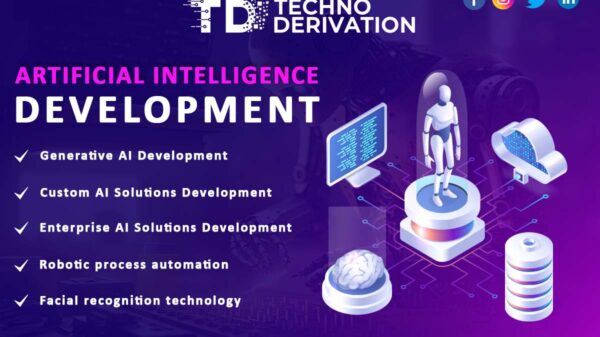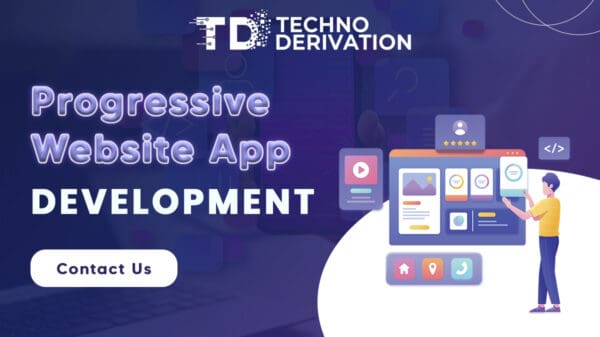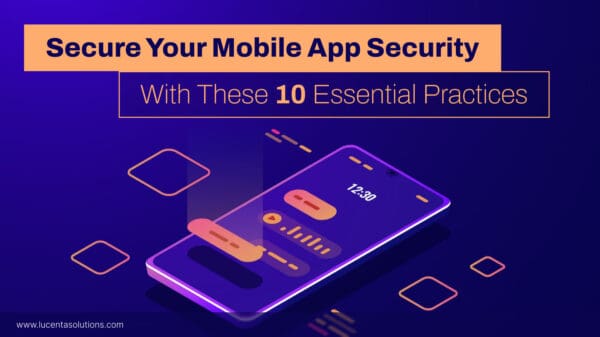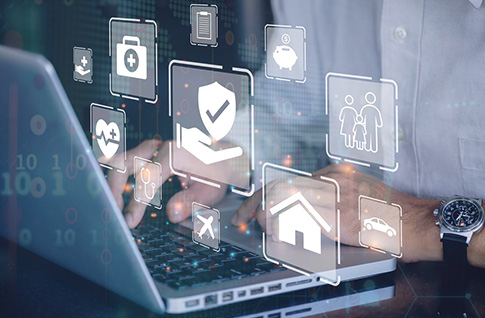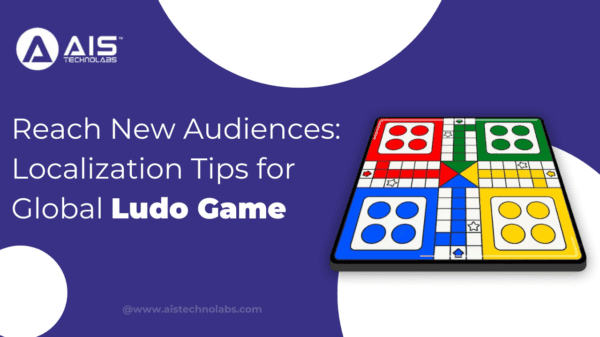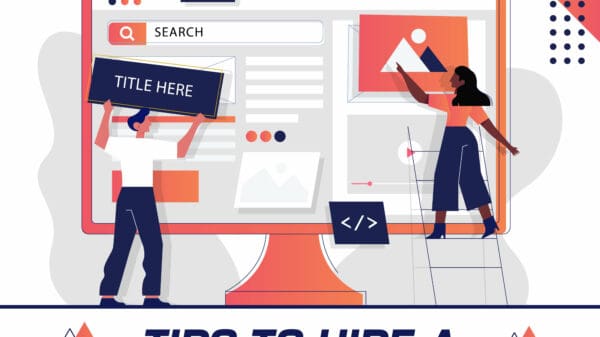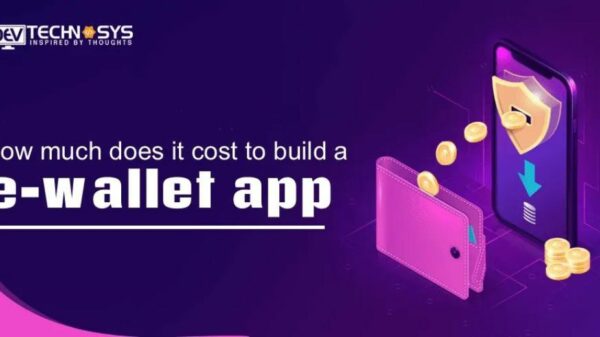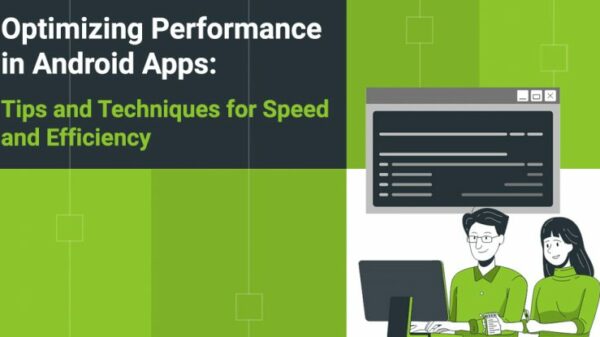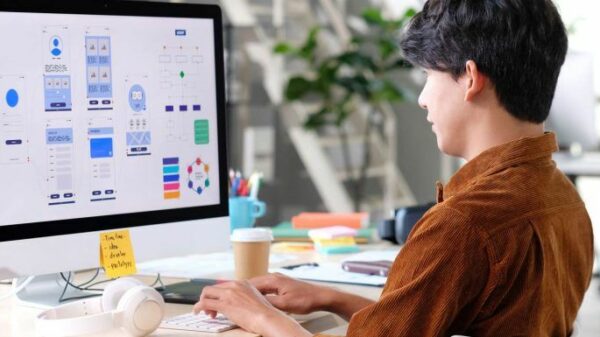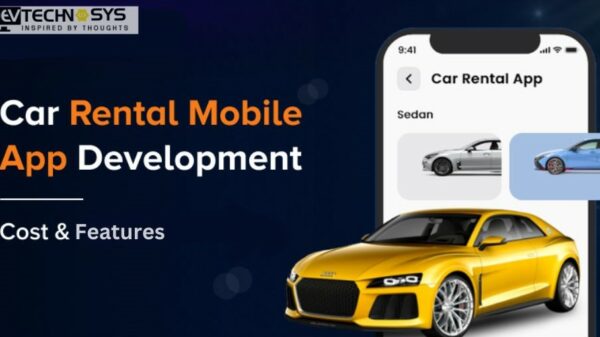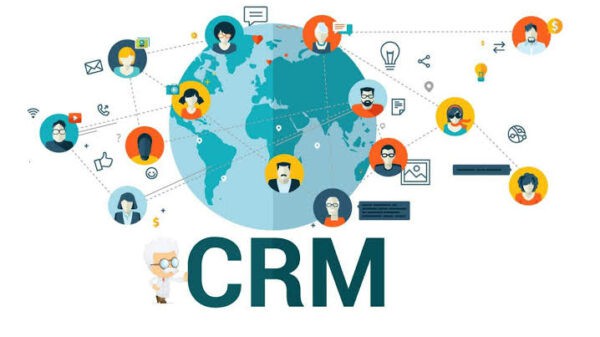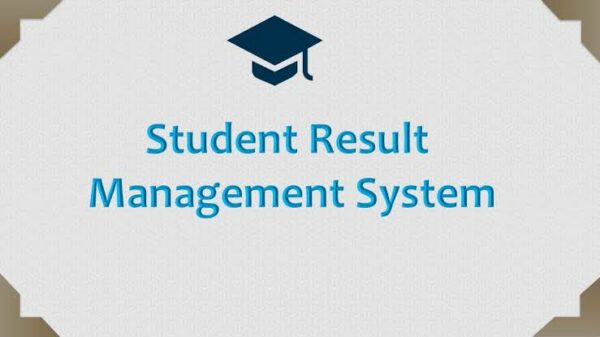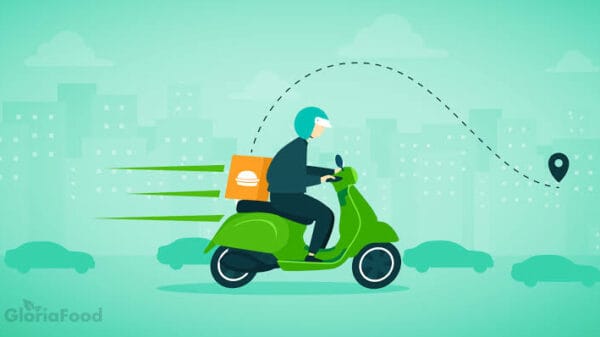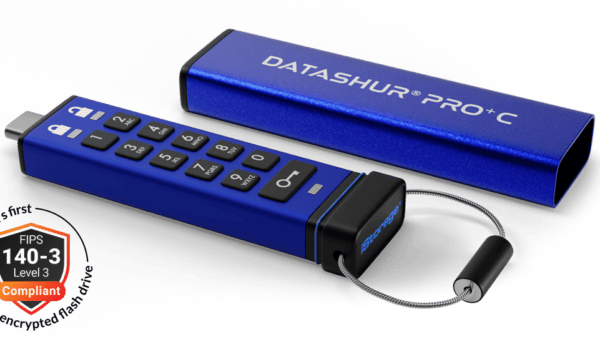In the year 2016, practically nothing about education is the same as it was when our parents were in school. Even from primary school level, children are being taught in ways that don’t just facilitate the teaching process for educators, but is also adapted to accommodate the shorter attention span and digitalized preference of today’s youth.
Education and Technology
The largest change that education has undergone since the widespread adoption of the Internet in the 21st century is communication. The way students interact with one another is constantly evolving, and the frequent changes gave rise to a need for a shift in the approach teachers took to instructing their students.
Poster boards and 3-ring binders are now a thing of the past. Today’s students are able to do almost all of their work online, whether it’s studying with interactive textbooks, creating presentations with Microsoft PowerPoint, Glogster or using LiveBinders, a web application that allows students to create a virtual binder and organize their class notes digitally.
Technology in the Classroom
The days of the chalkboard and overhead projector are long gone. Today’s teachers are expected to engage students with a digital learning format through the use of web-based technology like monitors and PCs. Nowadays, schools house media arts centers and have students using computers far outside the doors of a computer lab or tech ed class. Some schools are even allowing students to read via iPads and tablets due to the large amount of education apps and eBooks available at a moment’s notice. The Internet has made education more accessible than ever before, and teachers are using it to their advantage rather than fighting against it.
Understanding Technology Education
2016 is a better time than ever to return to school and pursue a Master of Education. While a bachelor’s degree focuses on the psychology of learning and methods of instruction, a masters in education online provides graduate students with a research-based curriculum that exposes them to the most innovative and modern teaching techniques and a focused area of study. Understanding how to use technology in modern education is only half the equation; to truly thrive in today’s learning environment, an instructor must also know why digital methods are being the norm.
Finding a Balance
Although the implementation of technology in education isn’t going anywhere, it’s crucial that instructors find a balance between virtual and reality. Students today are used to a rapidly changing digital world where anything they want is just a few keystrokes away, but teachers must still learn how to instill the core values and educational principles that will guide a pupil when there isn’t a screen in sight.
Bio: Rachelle Wilber is a freelance writer living in the San Diego, California area. She graduated from San Diego State University with her Bachelor's Degree in Journalism and Media Studies. She tries to find an interest in all topics and themes, which prompts her writing. When she isn't on her porch writing in the sun, you can find her shopping, at the beach, or at the gym. Follow her on twitter: @RachelleWilber






